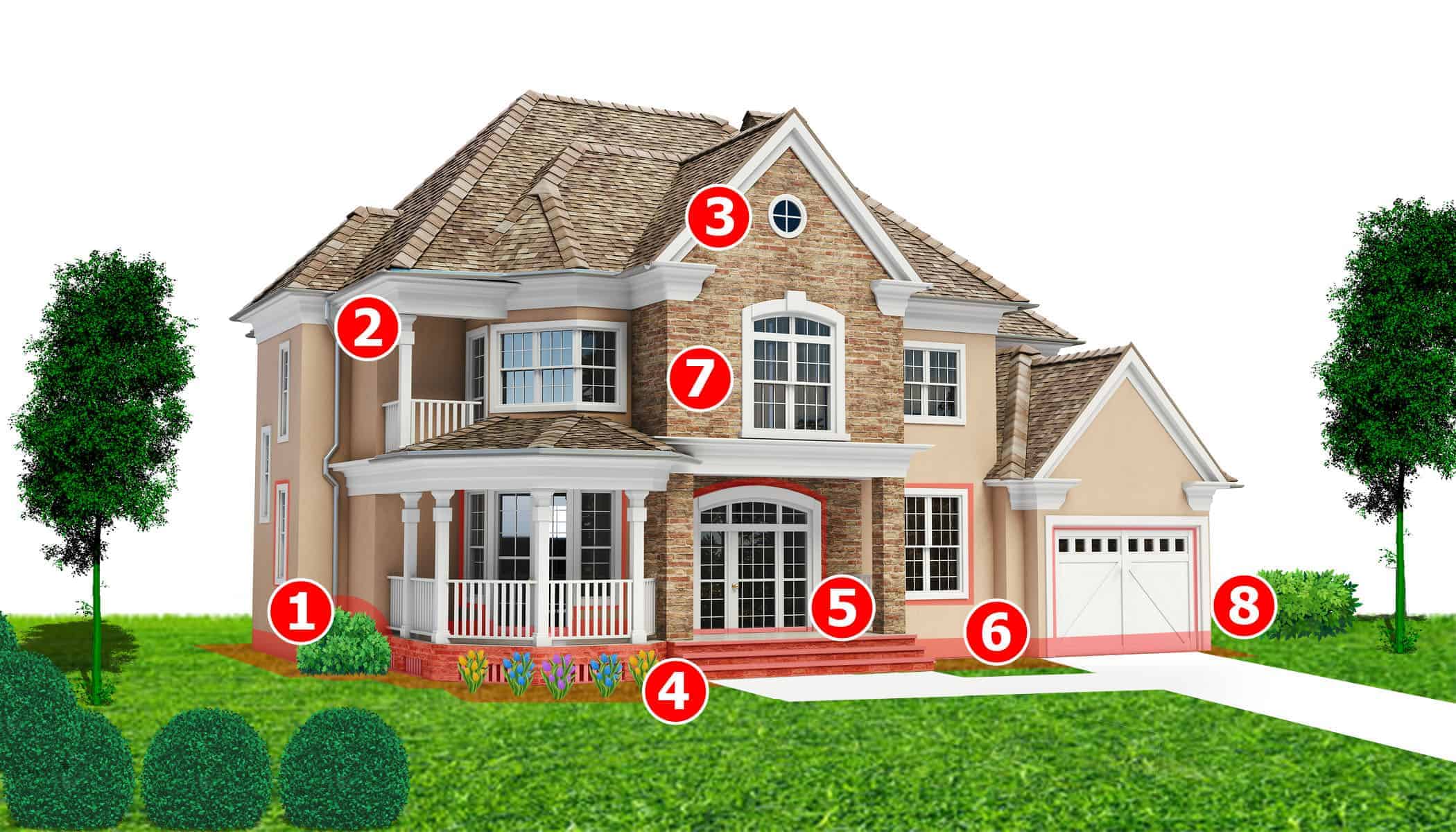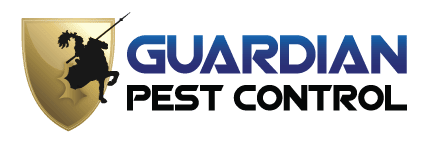Expert Advice for Vole Control Utah County
Wiki Article
Comprehensive Insect Control Provider to Combat Vole Infestations
By utilizing a combination of recognition, capturing, exclusion, and habitat alteration methods, expert parasite control solutions can provide a tailored option to fight vole invasions. The vital lies in executing an all-round plan that not just eliminates existing voles however additionally establishes lasting control actions to safeguard against future invasions.Vole Recognition and Examination
When evaluating for voles, look for their characteristic runways, burrow openings, and gnawed plant roots. Chomped plant roots are one more indication of vole task, indicating their visibility and potential damage to plant life. By accurately identifying these indicators, insect control specialists can tailor their strategies to successfully take care of vole infestations and shield yards and lawns from additional harm.
Capturing and Removal Methods
Effective insect control approaches for managing vole invasions typically involve employing specialized trapping and removal methods. Trapping is a widely used approach to catch voles and transfer them away from residential properties.When establishing traps, it is critical to guarantee they are placed correctly and baited with vole-preferred food resources like peanut butter, seeds, or fruits. Frequently inspecting the traps is necessary to quickly get rid of captured voles and protect against distress or harm to the pets. When trapped, voles should be relocated to ideal environments far from human residences to stay clear of re-infestation.
In addition, exemption methods, such as setting up obstacles or secure fencing underground, can aid discourage voles from accessing certain areas. Correct disposal of captured voles and regular surveillance of vole task are essential components of an effective trapping and removal technique in vole problem management.
Exclusion and Obstacle Techniques
By resolving these susceptabilities and implementing targeted exemption and obstacle actions, building owners can significantly decrease the risk of vole infestations. Inevitably, a mix of capturing, removal, and proactive exemption measures can help properly manage vole populaces and secure homes from problems.
Environment Adjustment and Prevention
To minimize vole invasions, habitat modification and avoidance approaches focus on altering the setting to prevent vole habitation. Additionally, reducing excess wetness by repairing leaky pipelines, guaranteeing correct drain, and removing standing water can make the atmosphere much less hospitable for voles.Integrating barriers like crushed rock borders or cord mesh underground can likewise prevent voles from delving right into gardens or backyards. These physical barriers interrupt their ability to passage and gain access to desired areas. Growing vole-resistant greenery and making use of vole-repellent methods such as castor oil-based deterrents can better prevent vole task. By carrying out these habitat alterations and prevention measures, homeowner can proactively lower the threat of vole invasions and shield their outdoor areas from damages. vole control utah.
Tracking and Follow-Up Methods

Follow-up methods entail taking another look at the treated locations to look for any type of indicators of vole activity. Keeping track of terminals, catches, and visual assessments are typically utilized approaches to evaluate the success of the insect control procedures. By routinely checking these locations, parasite control experts can swiftly recognize any revival of vole activity and take positive actions to resolve the concern before it escalates.
Furthermore, recording the outcomes of surveillance and follow-up activities is important for tracking the development of vole invasion control over time. These records assist in determining patterns, reviewing the effectiveness of various control methods, and making informed decisions for future insect administration methods. Routine follow-up treatments not only assist in stopping vole re-infestations however likewise add to the total success of bug control initiatives.
Final Thought
In final thought, detailed insect control services are vital for efficiently combating vole invasions. By determining and examining vole populaces, applying trapping and removal strategies, making use of exemption and barrier approaches, changing environments, and executing monitoring and follow-up approaches, homeowner can efficiently take care of and stop future infestations. It is crucial to address vole problems immediately to avoid damages to building and prospective health threats.
By utilizing a combination of recognition, environment, trapping, and exemption alteration methods, specialist insect control solutions can use a customized service to fight vole infestations (best vole pest control). By accurately recognizing these indicators, pest control experts can tailor their strategies to efficiently take care of vole infestations and shield gardens and yards from additional harm
Effective pest control strategies for handling vole infestations commonly involve employing specialized trapping and elimination strategies.To mitigate vole invasions, habitat alteration and avoidance methods concentrate on modifying the environment to prevent vole habitation.Normal surveillance and follow-up procedures are necessary in keeping vole problem control measures and making sure lasting success in parasite monitoring.
Report this wiki page